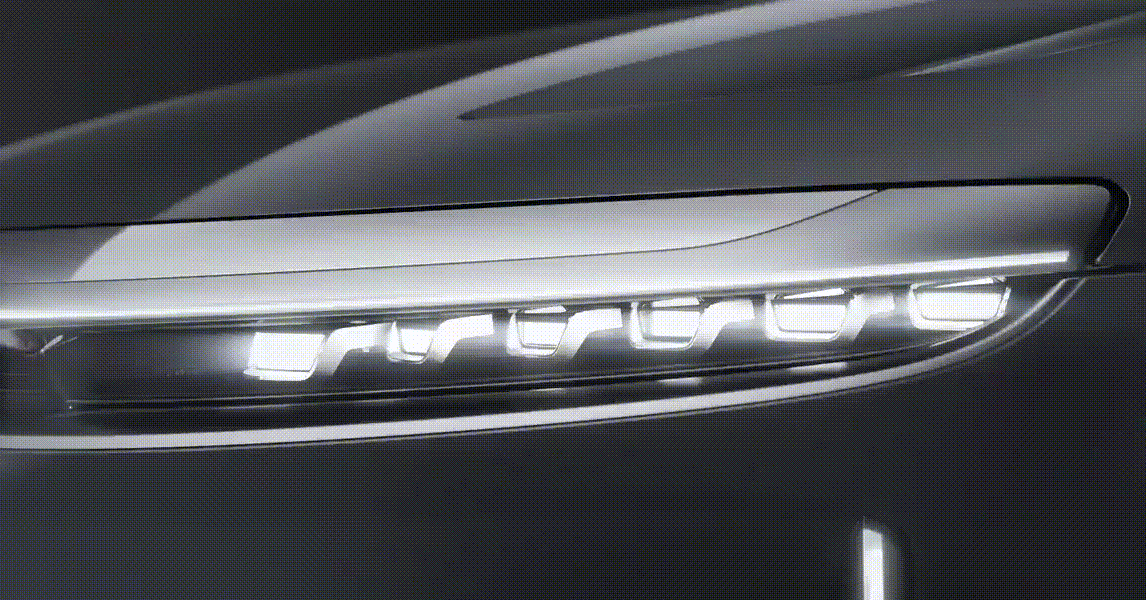Of course, vehicle lights serve an important and vital safety function: they allow drivers to see where they are going and others to see when they are arriving. But for decades, car designers have viewed headlights and taillights as an opportunity for creativity, to build a distinctive mark that says, “Here it comes that car.”Think of the Lamborghini’s Y-shaped headlights, or the Dodge Challenger’s almost menacing dual-cannons, or the halo rings on BMWs.
But a new era in automotive lighting design, driven by new technologies, powertrains and even business models, has transformed the front profile of vehicles. “It’s been an incredible and critical acceleration in recent years,” says Cesar Muntada, head of lighting design at Audi.
The result is lights that are brighter, thinner, and more complexly configured than ever before. Lights that dance as the vehicle’s owner approaches it, lights that flash when it’s charging. Lights that can be customized to suit personal taste or even mood. Lights that, even if regulators allow it, won’t blind other drivers. In the future, cars might even use lights to communicate with others on the road.
Today, carmakers are doubling down on unique headlights, arguing that the front of a car is its most important part not only for selling the vehicle to customers, but also for the idea of the vehicle – what it stands for.
“We call it the face,” says Tim Kozub, who heads Cadillac’s design team. “It relates to us as humans. The front of the vehicle is the personality.” Cadillac’s internal market research shows that people react first to the front of a vehicle, then its rear, then its side view, he says. So car designers are spending even more time (and money) getting the face just right.
Switch it on
In some ways, the history of vehicle headlight beautification is the history of advances in light technology. In the mid-20th century, headlights were small halogen bulbs inside a large eye. In the early 1990s, some car manufacturers began using xenon or high-intensity discharge (HID) headlights, which were more powerful, efficient, and lasted longer than halogens. At the turn of the century, car manufacturers experimented with using different shapes and textures on the inside of headlights.
Finally, enter the LED. Starting with a 2007 Lexus, automakers began using smaller, more powerful, longer-lasting lights inside headlights. Headlights no longer had to be bulbs inside a large housing, says Raphael Zammit, director of the Transportation Design program at the College of Creative Studies.
Creativity has emerged from there. “We have moved away from the physicality of the lamps and have gone towards a very fine, minimalist perspective,” says Zammit. “We look at lines, gestures of lines. LEDs have taken this to the next level.”
In recent years, carmakers such as Mercedes-Benz, Audi and Hyundai have introduced digital headlights, which use LEDs and the vehicles’ increasingly sophisticated onboard computers to illuminate with greater specificity. Audi’s Matrix design headlights can, for example, “greet” drivers with model-specific animations, a kind of personalized greeting made possible by advances in lighting.


